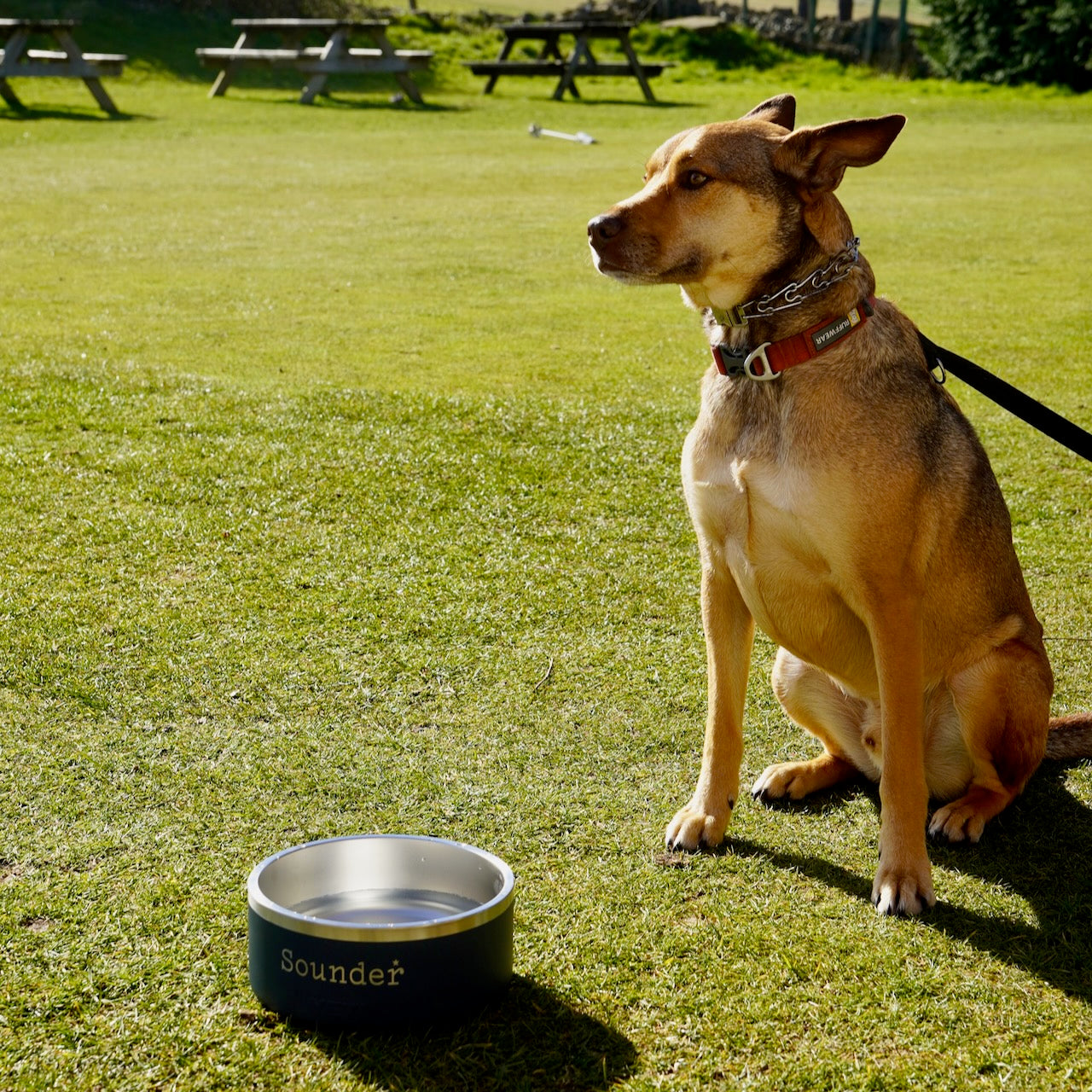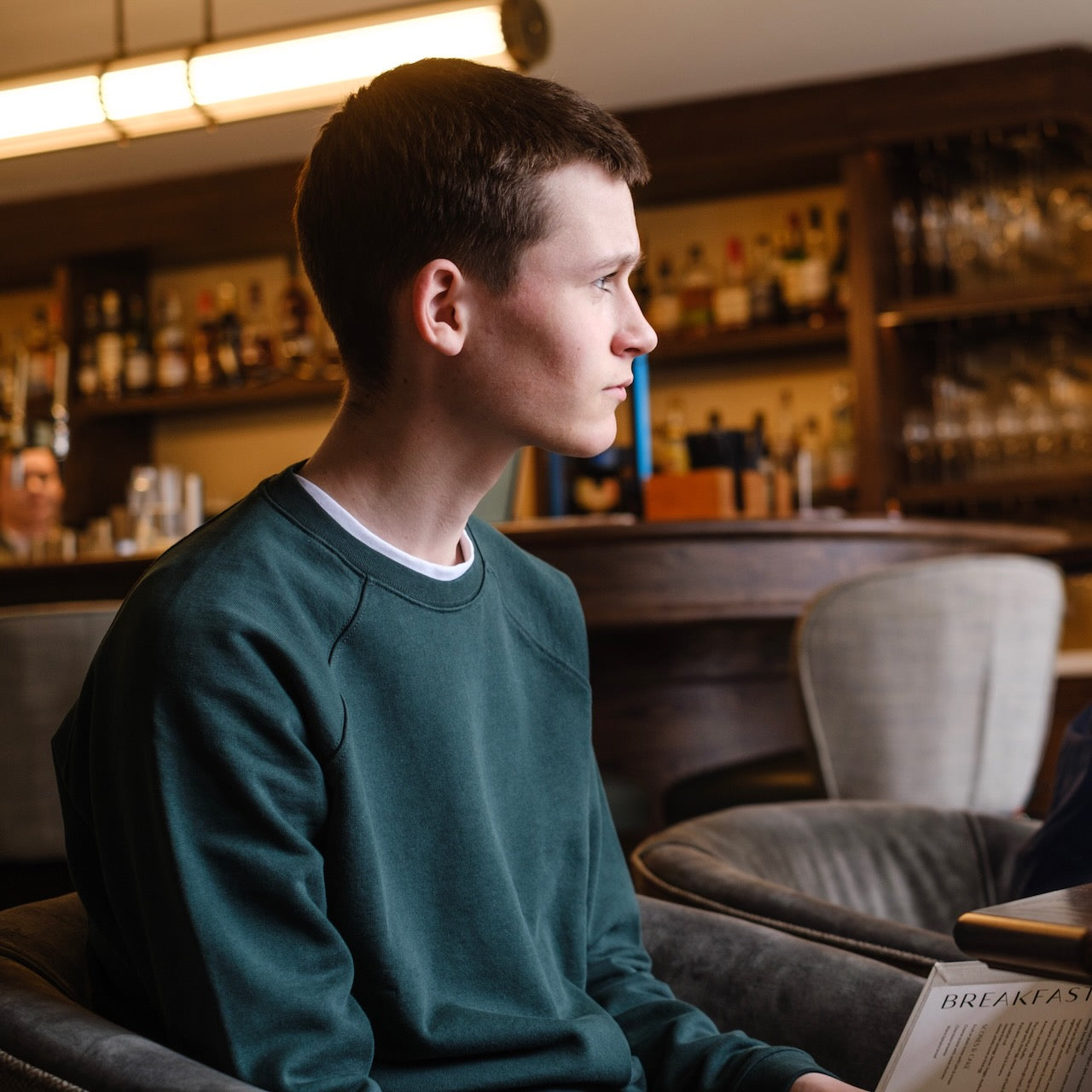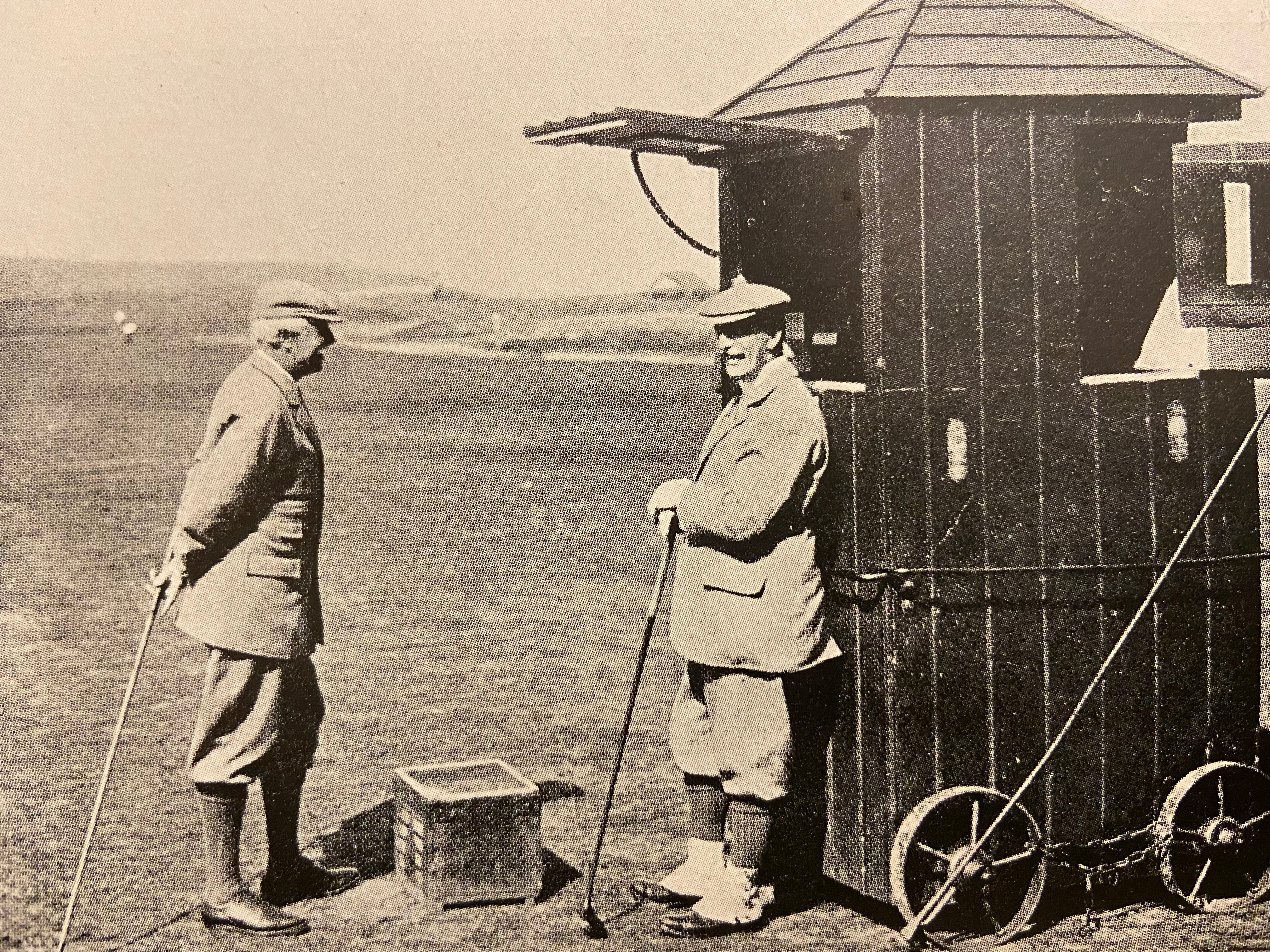This is the second part of Dan Davies' exclusive discussion with Horace Hutchinson - the golfing pioneer's first interview since his death by suicide in 1932. You can read part one here.
In the 1880s there was a lot of experimenting going on with different types of golf balls. What are your memories of that time?
When I first went to St Andrews, Commander Stewart was there, having just produced his “Stewart Patent” balls. They were of some composition, and were filled with steel filings. They had some merits but were heavy… Some firm in Edinburgh produced a ball called the Eclipse… They would not carry so well – they were dead, and with wonderfully little resilience when dropped on a stone – soft, so that a finger and thumb squeeze could compress them sensibly, but the compression came out again. [It] received the nickname of “putty”… I used to play with a “putty” as a rule, when I played against Old Tom… He cordially hated “the potty”, as he called it… and whenever I pulled or sliced one of them to perdition the old man’s delight knew no bounds. The fun would come twinkling out of his eyes under their shaggy brows and he would say, “Eh, they potties — I thocht they potties never gaed off the line.”
You played a fair bit of golf with Arthur Balfour who went on to become British Prime Minister. What can you tell us of Big Crawford, Balfour’s regular caddie at North Berwick?
The Crawford legend might run to far lengths, farther than I care to spin it now… His overmastering size and the fearsome aggressiveness of his manner might very well give pause to any tactics of an aggressive nature on the other side. His presence at the hole when a hostile putter was attempting to approach it had all the effect of a black cloud overshadowing the atmosphere. But beneath all his dourness, and his sardonic air, he had a kindly nature, and of his loyalty to him whom he regarded as his chief, and incidentally the greatest man that ever lived, Arthur Balfour, there is not the slightest question.
How good was Johnny Ball of Hoylake, the amateur who won no less than eight Amateur Championships between 1888 and 1912, as well as the Open in 1890?
I would put Johnny Ball on a pedestal by himself and leave him there, as the best match-player that we have ever had among the amateurs. Johnny Ball is the best amateur that has ever been seen, for a match… I know that I never started out to play a match with Johnny Ball without the full consciousness that if we both played our game I was bound to be beaten, or, rather, that it could only be by an accident if I should win.
Johnny Ball, at his best, and especially at Hoylake, was a terror. For one thing, he was so very long. Generally driving with a hook. The ball carried very far and then set to work to run till it made you tired watching it. And then he had that wonderful long approach with his brassie, banging the ball right up to the hole, with a concave trajectory — the ball; starting low and rising towards the end of its flight, then dropping perpendicularly, and with no run.
Johnny was full of resource too. When you had him, as you thought, in a tight place, he would bring off some tour de force, with a great hook or slice, and lose very little. He delighted, too, in an evil and windy day: the harder it blew the better he could play and the more he enjoyed controlling his ball through the storm.
On the subject of the game’s early greats, you first came across JH Taylor when he was a boy. Indeed, he caddied for you in the Oxford v Cambridge match at Westward Ho! Taylor went on to win five Open Championships, the first coming at Royal St George’s in 1884 when he was just 23. How significant was that win for English golf?
It meant a great deal, that championship. It meant a great deal not only to Taylor personally, but also to al English professional golf. You see, Taylor was really the first English professional. Hitherto, when we wanted professionals, we had always been importing them from the North. It did not occur to the English caddie that he might become a professional, that there were possibilities, and money, in it. But all these possibilities the success of Taylor revealed to the English. Moreover, Taylor in himself was not only a very fine golfer; he was also a very fine, in some respects, a very remarkable man. He had himself perfectly in hand in every way. He was a great example to the profession and to all the English that should take it up, following his example.
You believe you were the first person to ever play golf in the United States, in 1888, don’t you?
[It was] my second visit to America [and] it had been suggested… that I should bring some clubs over and show the people what sort of game golf was… Sundry members of the Meadowbrook Club [on Long Island] turned out on a certain Sunday to see me give an exhibition show. We cut some holes in the soil, probably with carving knives, and I proceeded to instruct them… as to what golf meant. I cannot think that my exposition was very effective. They did not seem to think that it meant very much. They tried shots for themselves, and the result of those trials was not such as to give them a very exalted opinion of golf. The most favourable criticism that I can recall was that “it might be a good game for Sundays.”…I believe that was the first time golf was ever played in the States.
How much had changed when you returned to America in 1910?
It was striking and not a little amusing. On my return in 1910 I found an America even more completely in the throes of golf than any portion of our native islands.
Charlie MacDonald, the creator of the National Golf Links of America, met us. Immediately on arrival we started out for the Myopia Club, where MacDonald and I beat T. Stephenson and Leeds… From what I have seen of the American courses I put the National Golf Links first and this Myopia second, a very good second. The National is that much-talked-of course of which it was said that it was to be composed of replicas of the eighteen best holes its creator could anywhere discover, and he had journeyed over all the courses in Europe, discovering them.
We went out… to Brookline, the Country Club… then motored thirty miles to Essex Club, where Charlie MacDonald and I again beat, as we had already beaten in the morning at Brookline, T. Stephenson and Willett. There was little rest from golf… MacDonald motored us us out to his house at Rosslyn and then took me for a round at Garden City, where I beat him in a single.
I played golf on various courses afterwards – on the Shinnecock Hills, finely undulating, but too short with too many blind shots…; at Easthampton, where, for two holes, you actually find yourself among real seaside sand dunes; at Baltusrol, very tree-y and very hilly, but a good, interesting course.
There are men in America now who will play golf even on a week-day. In fact, golf is, with many, the real interest in their lives… [in the 1890s] the business men of New York talked dollars: to-day they talk golf.
Why did you stop playing golf?
In 1908 the Royal and Ancient Club did me the high honour to elect me, first of Englishmen, as their Captain. As one of my wife’s relations was good enough to say – “I’m glad they’ve made Horace that – it will look well in his obituary notice”… In the winter of 1909 a little party of us had been at Westward Ho! I had not seen the course for seven years… and during that visit I had played better than I had played for years and years before. I was in great delight and really had visions of renewed youth and of having “got it back.” And then returning home, I caught the worst go of influenza that I have ever had, which is a great deal to say, and never played golf properly again.
I have had a very full and pleasant going day - much interrupted, it is true, by illness, but still as extensive as a reasonable man could ask… If golf, taken sanely and considered in all its various aspects, fails to satisfy us, we must be hard to please.
Quotes taken from ‘Fifty Years of Golf’ by Horace Hutchinson, published in 1919.
Read more
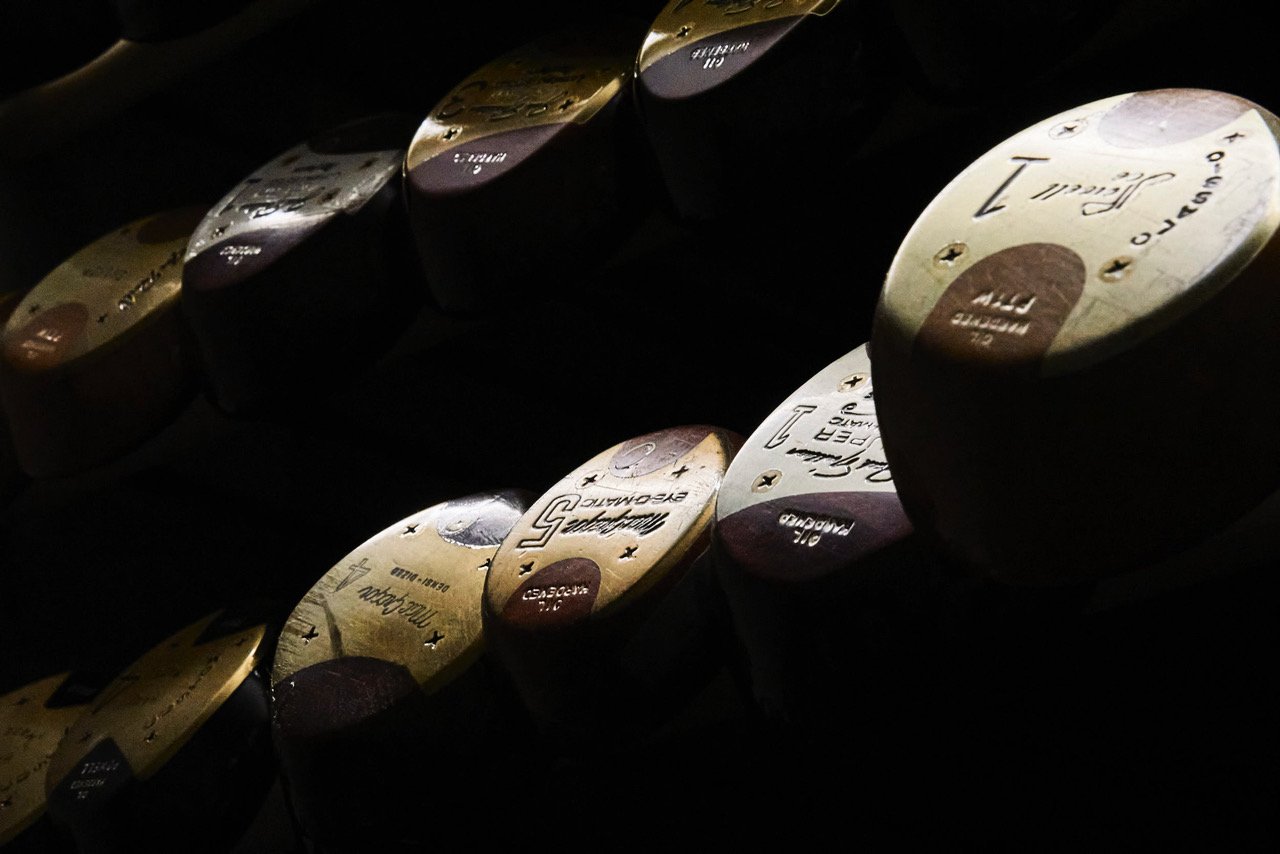
The story of Sounder begins with the brand of clubs that Seve played back in the 1970s. We've been picking up vintage Sounder gear on eBay since we decided on the name - which got us thinking about...
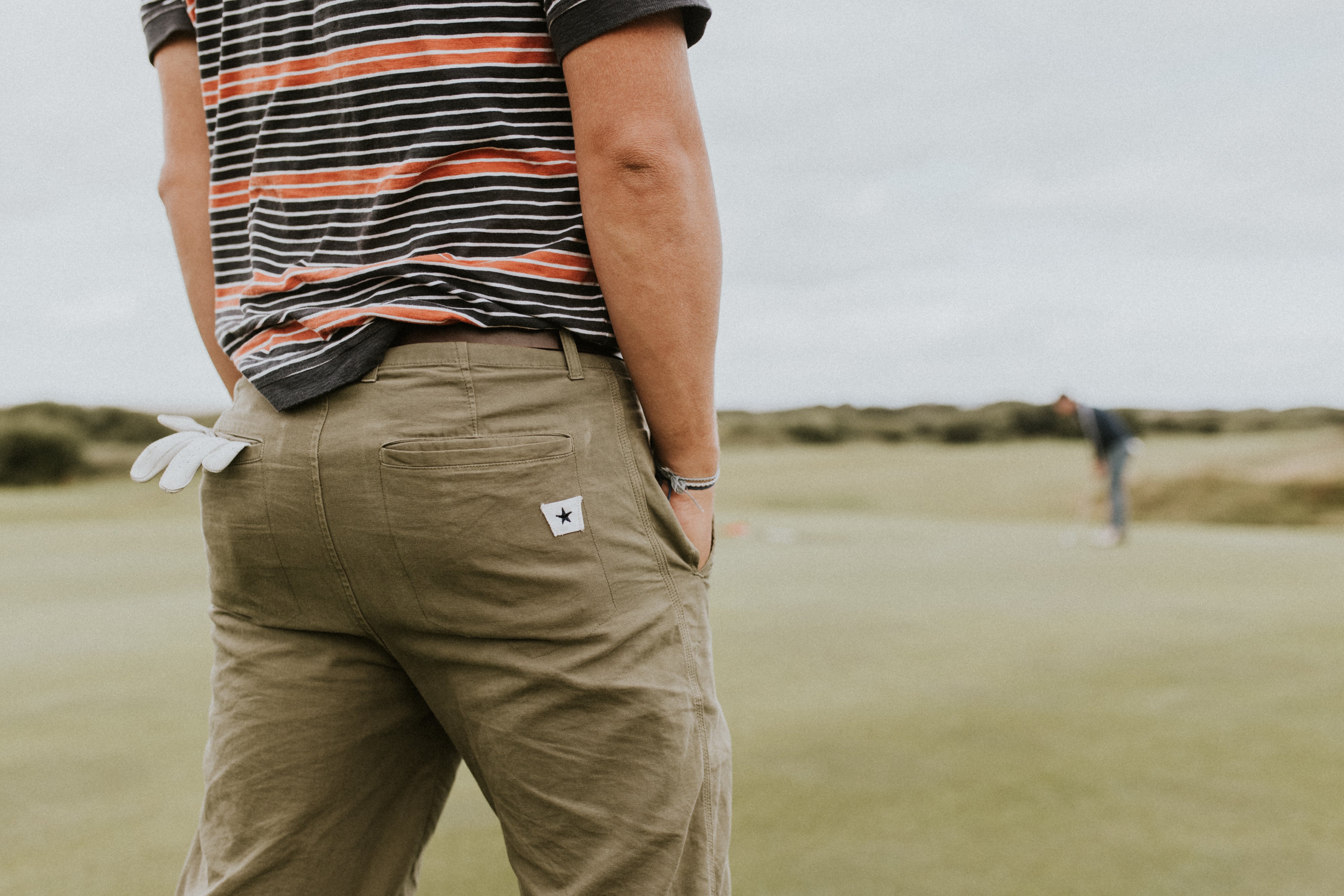
Our resident club-maker and equipment nerd James Day does not want to unwrap a new driver on Christmas morning


